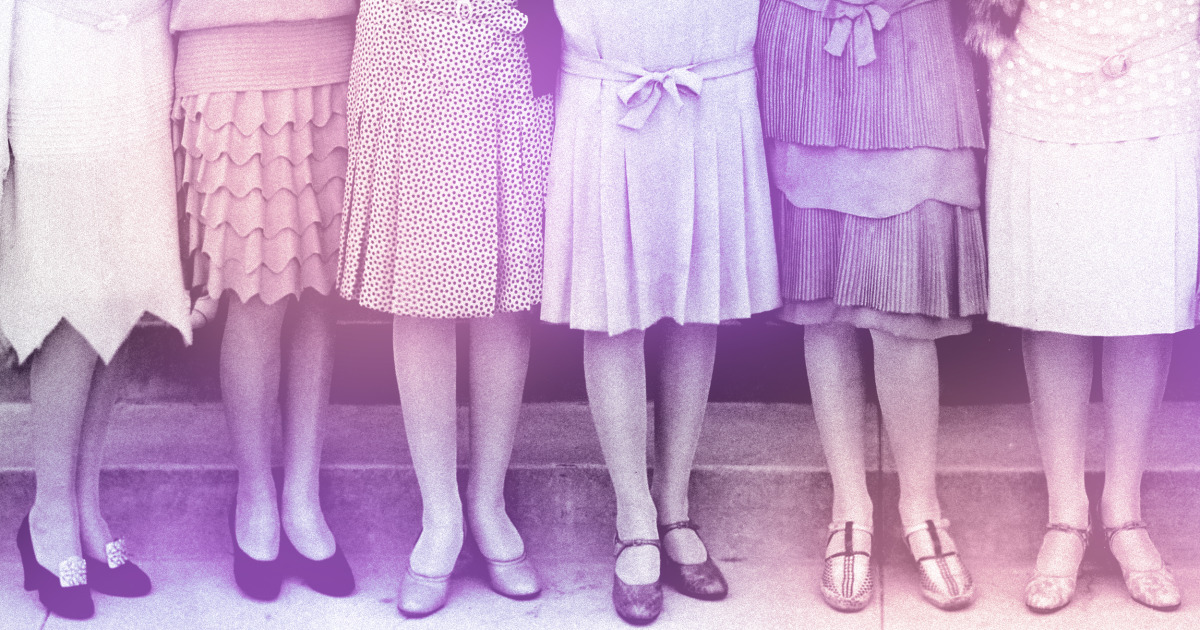
Every outfit I put together looks wrong. I have no shoes I like, no pants that flatter. After a year of sweats and Zoom-ready blouses, my pre-pandemic closet looks like the wardrobe of a woman I’ve heard about but can only vaguely remember. She wore tight pants! She liked belts! She jammed her evening essentials into a bag too small to fit what she actually needed!
As we emerge from our year of isolation, it’s clear as gin that we have all been changed by the pandemic — and our clothing is yet another reminder of that unintended and undeniable transformation. So far, dressing like my January 2020 self as I re-enter mid-2021 society has felt like putting on a costume. My old clothes feel at once too restrictive and too drab. Too cumbersome. Too inconvenient. Too not-me. I’m different now; it makes sense that my clothing should be, too.
The way I feel is not unique; anecdotally, most of my friends have expressed a similar dilemma. Take a peek at the internet and you’ll find countless strangers confused about how to dress for their return to in-person work (the consensus seems to be something a little below business casual — a “jardigan” perhaps). Go out on the town, and vibrancy is on parade. Bright colors, florals, prints and big silhouettes: After such a sad year, it seems like everyone wants to dress happy, everyone wants to take up space, everyone wants to present like their true selves.
And true selves seem to be the direction in which fashion is heading.
“Conforming to a style of dress and beauty standards will be a choice instead of expectation,” Jennifer Dasher, assistant professor of costume design at the University of Florida, said of post-pandemic fashion. “Self-expression, cultural expression and a continued desire to be comfortable will be central.”
“I expect to see lots of color,” agreed Gail Brassard, who taught costume design at the University of Wisconsin-Madison. “Covid was such a life-changing event — like war or an economic crash — that its effects will be profound on all visuals and especially in the arts.”
Brassard anticipates more “fantasy dressing,” “big silhouettes” and garments with a “playful” quality. Judging by the exuberant shapes and bold colors on the runways at Venice Fashion Week, they’re both right. The long and short of it is: Fashion is changing at a rapid clip, and the new look will be a reaction to what we’ve just collectively lived through. People are excited to continue feeling comfortable in their clothing (at least I am) while not sticking purely to sweats. Meanwhile, there’s a palpable energy of optimism to be harnessed, and that too is coming through in clothes.
Throughout history, big global events — war, disease, depression, revolution — have directly impacted what we wear.
“The periods of greatest shifts in fashion are in line with great shifts in society,” Dasher noted.
Some of those moments are easy to pinpoint: the glitz of the Roaring ’20s after emerging from World War I and the Spanish flu; pants for women after the factory fashions of World War II.
Source: | This article originally belongs to Nbcnews.com










